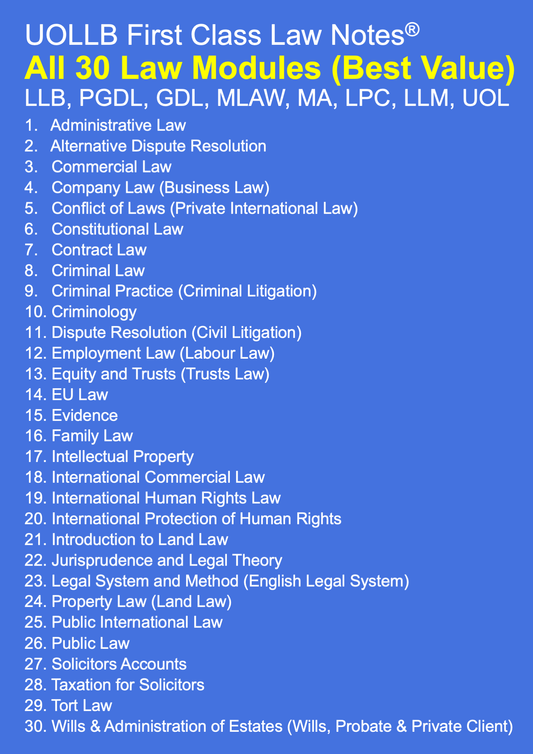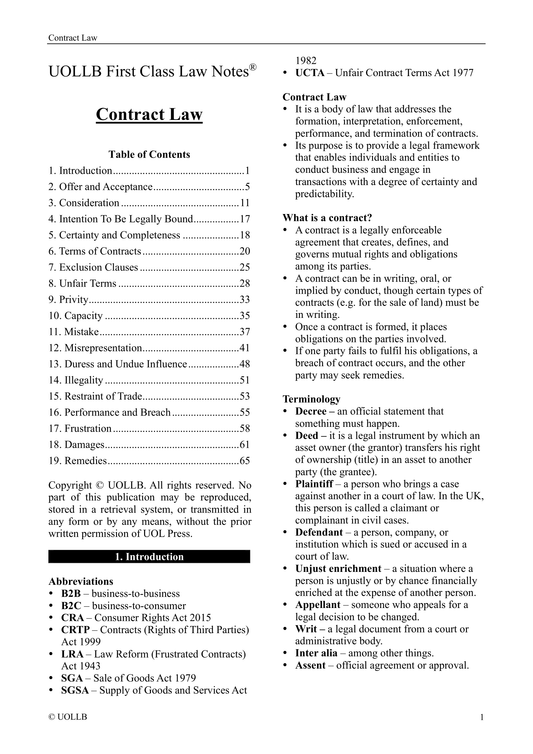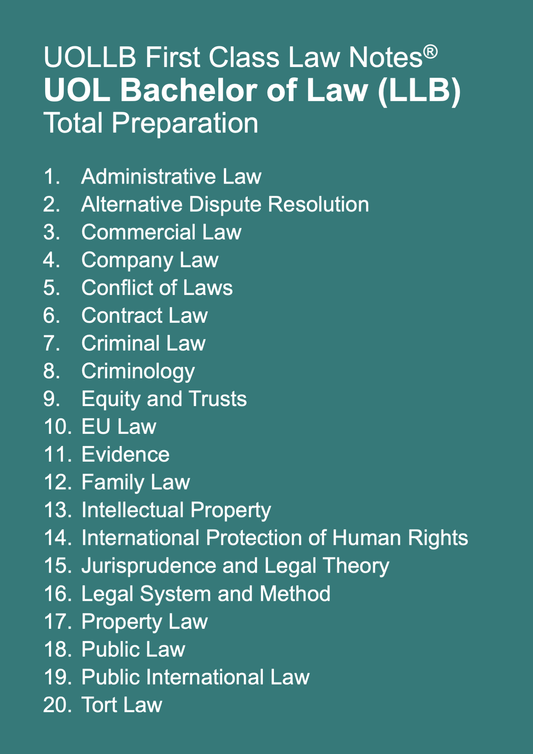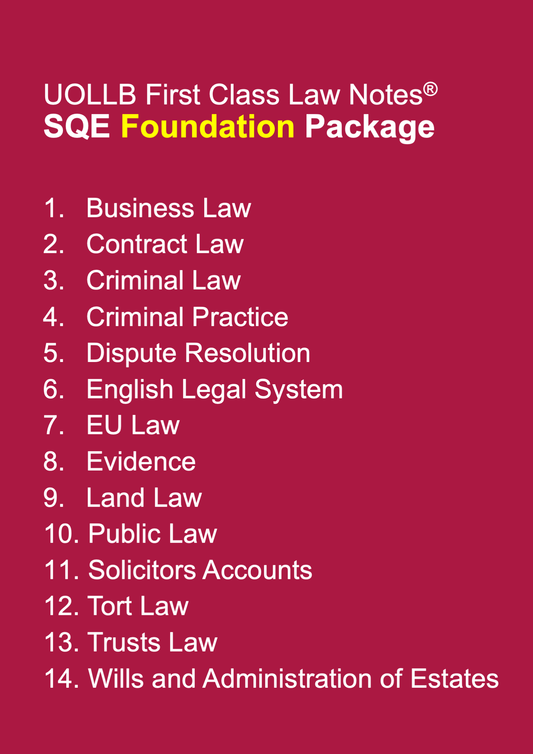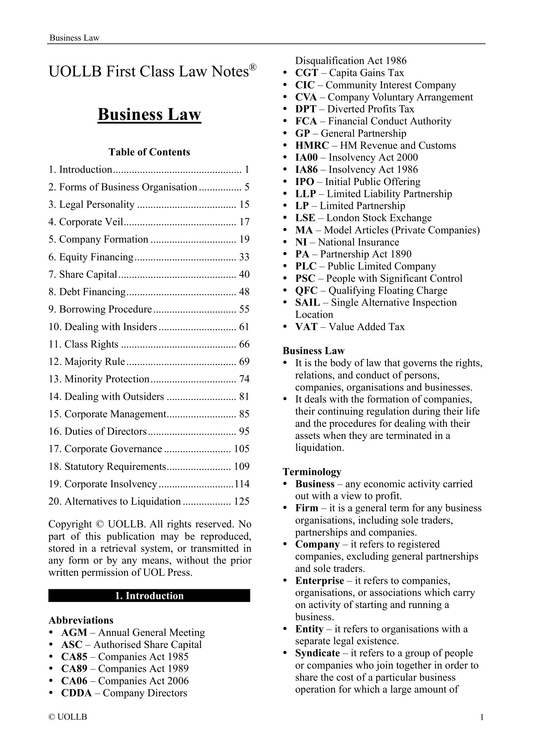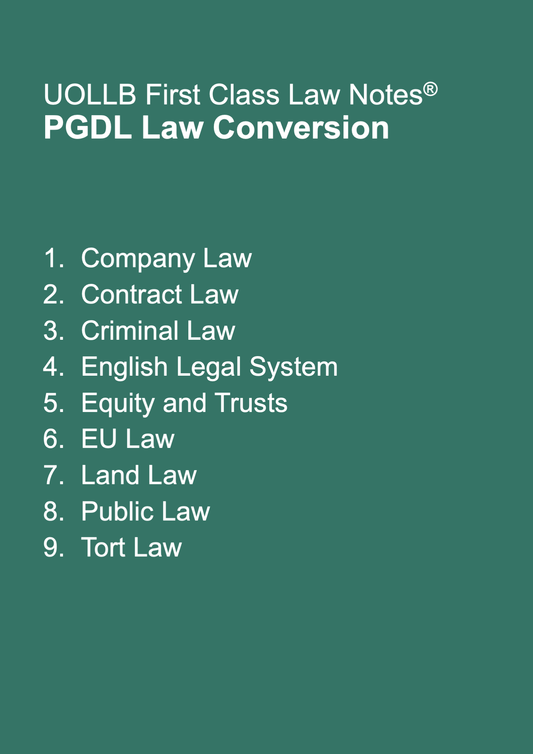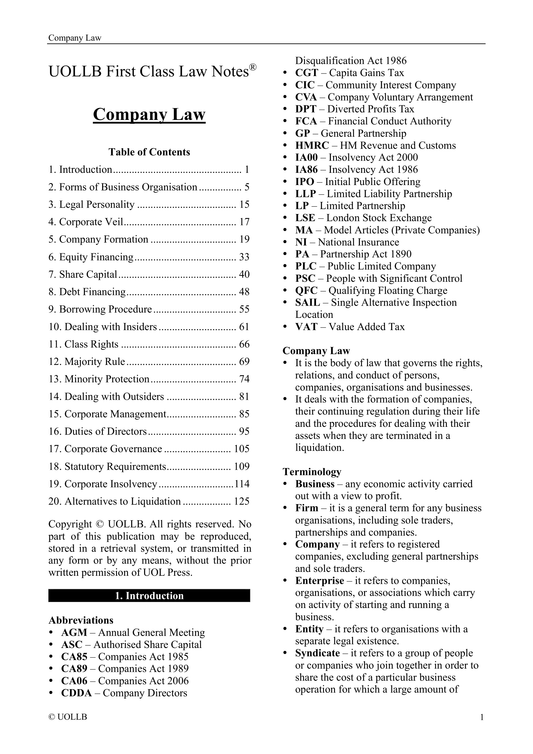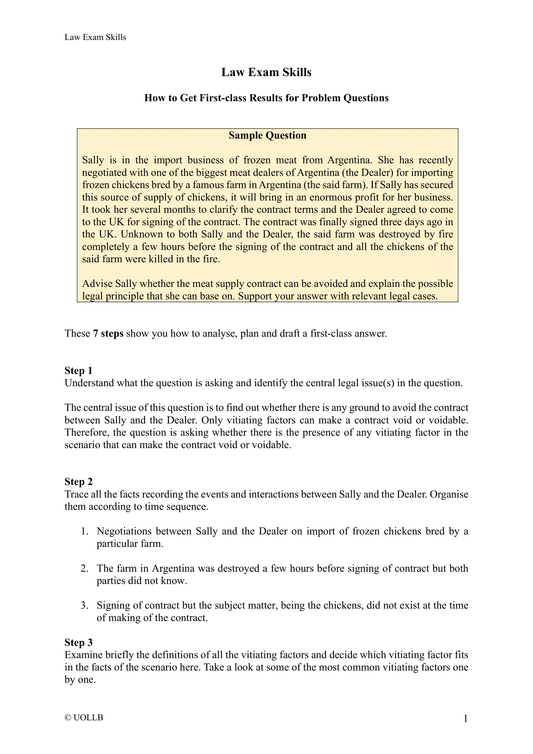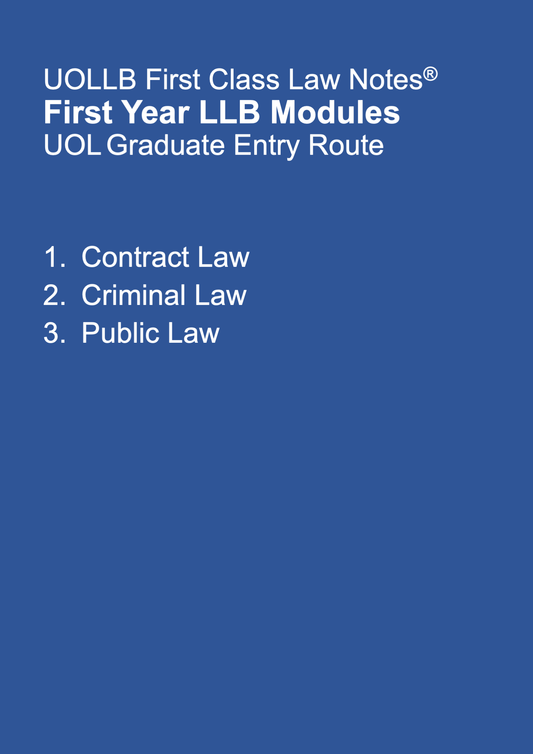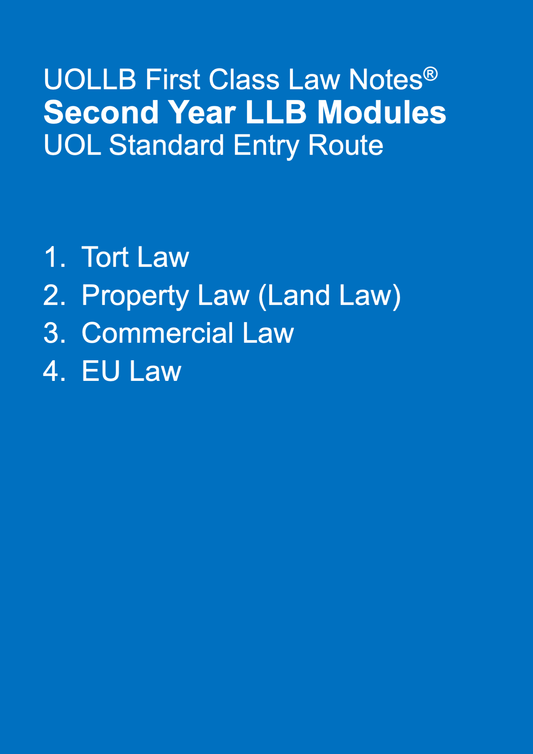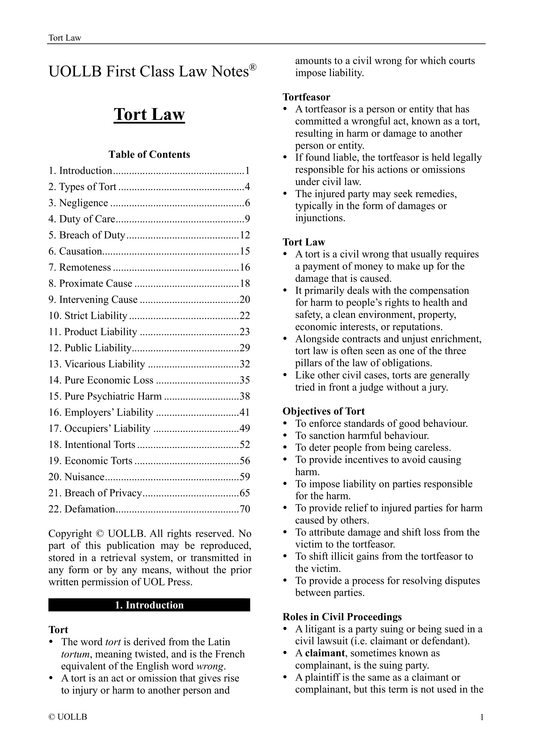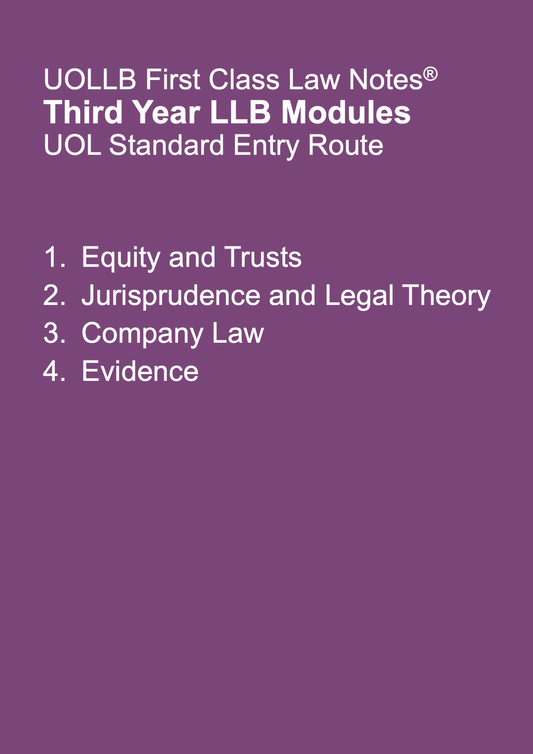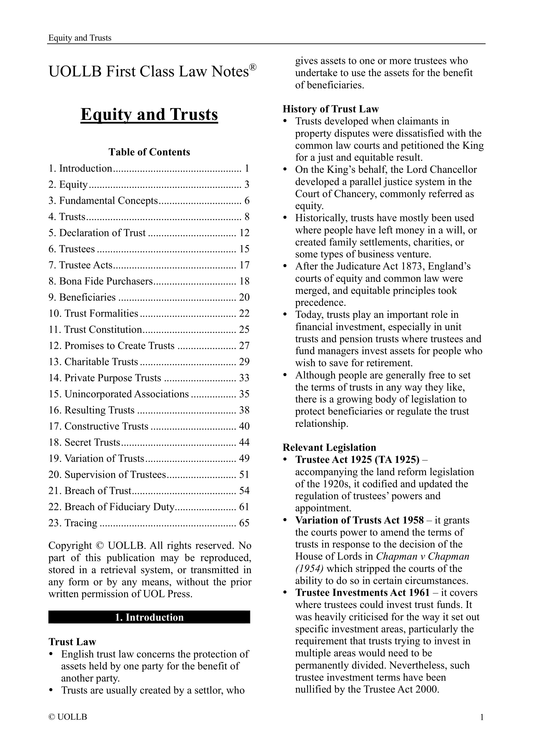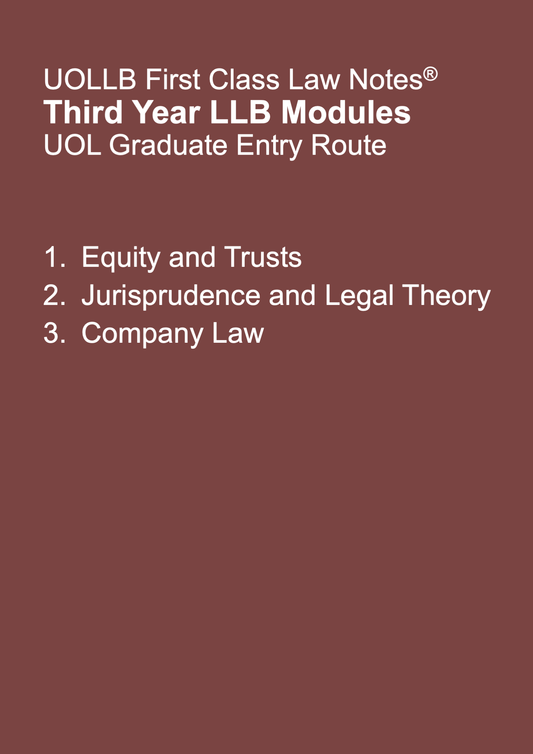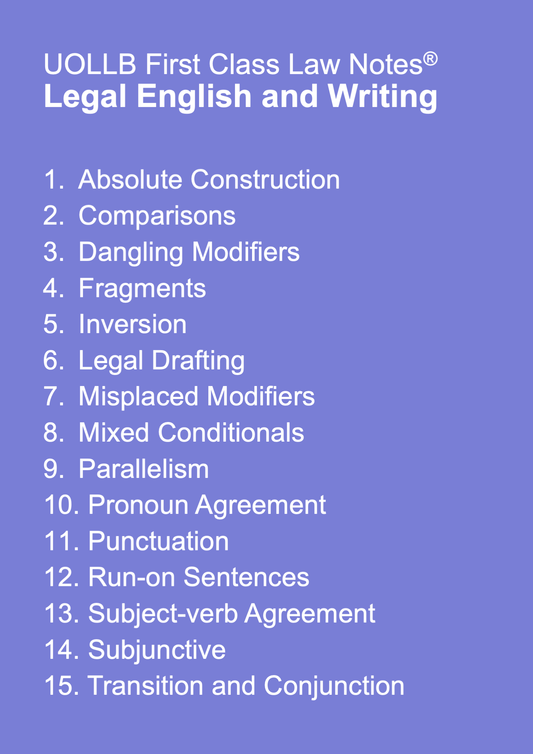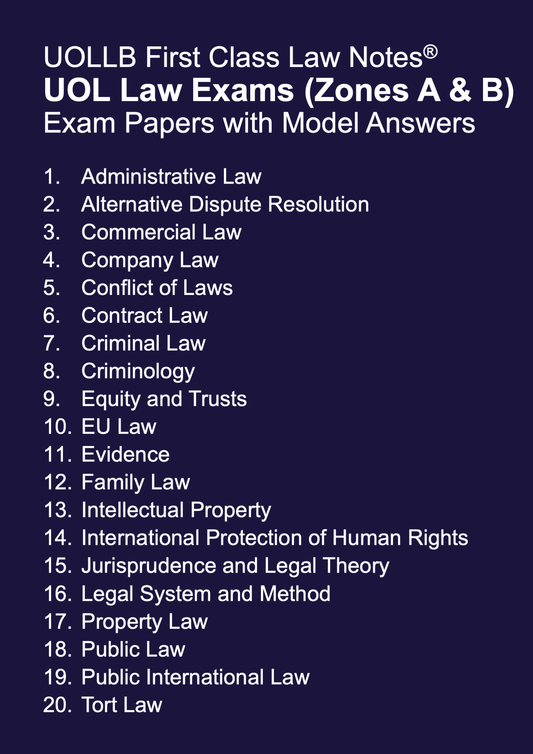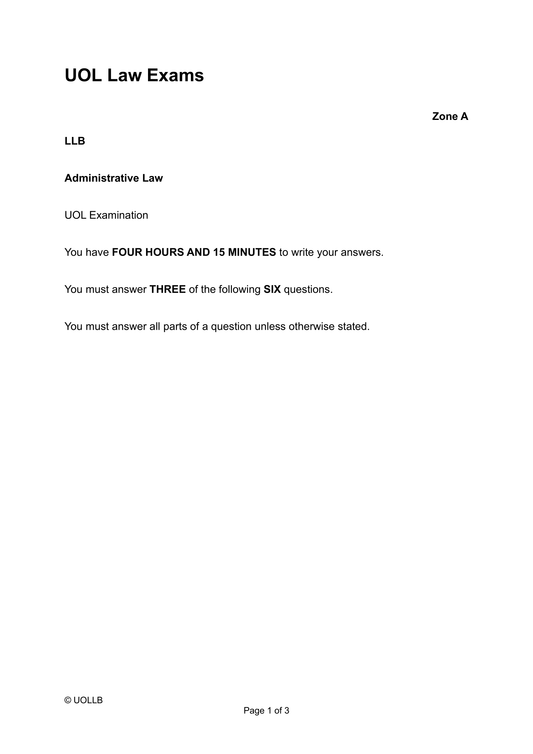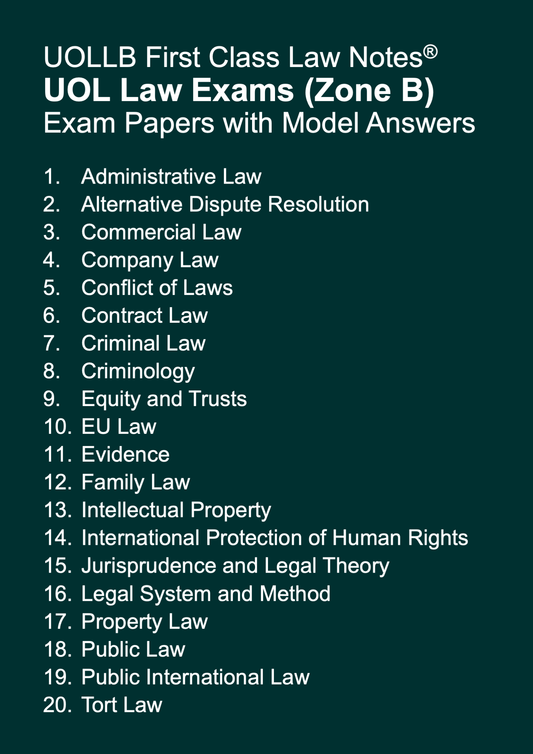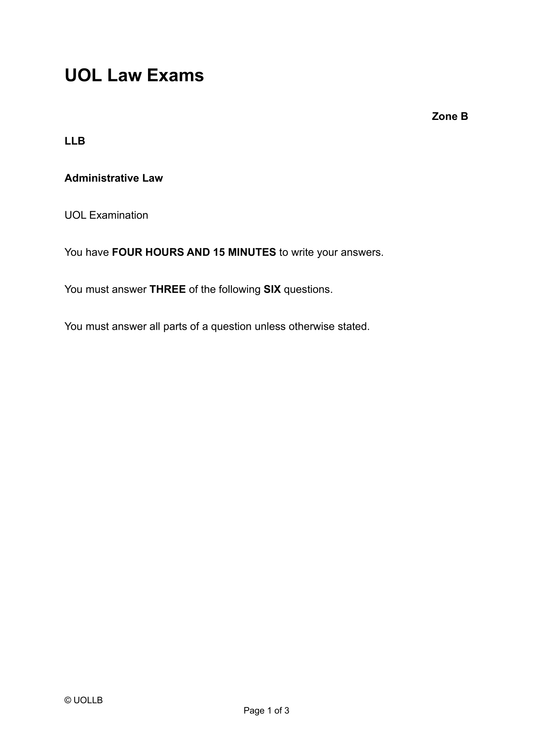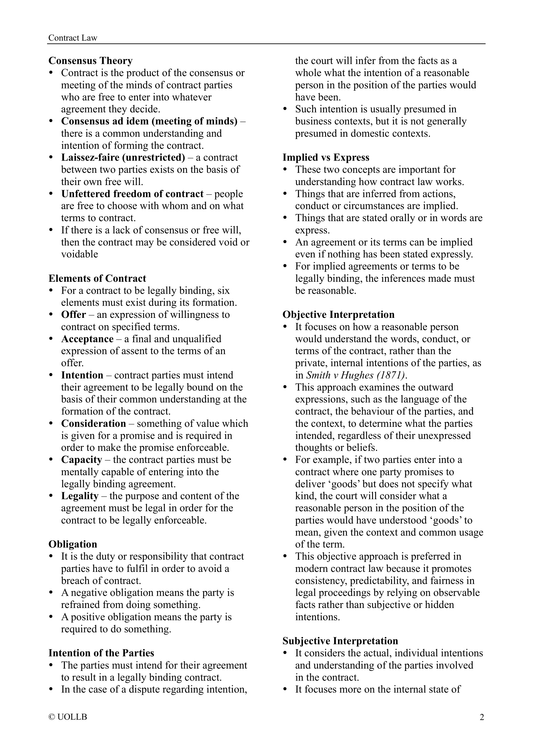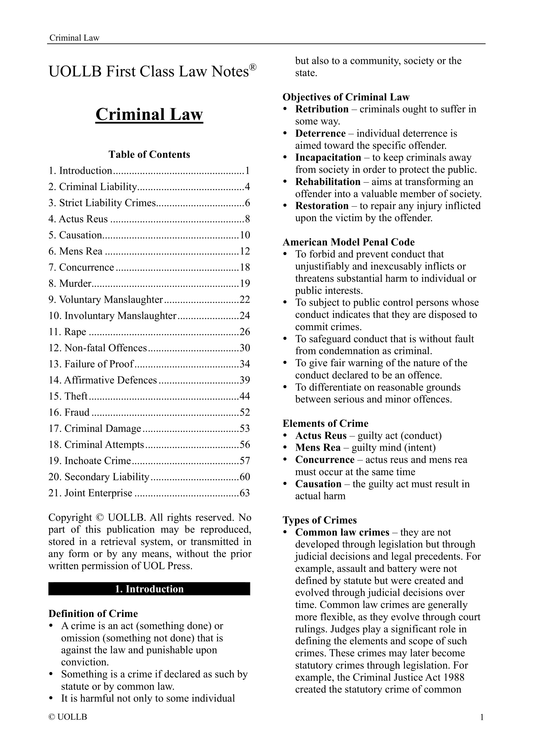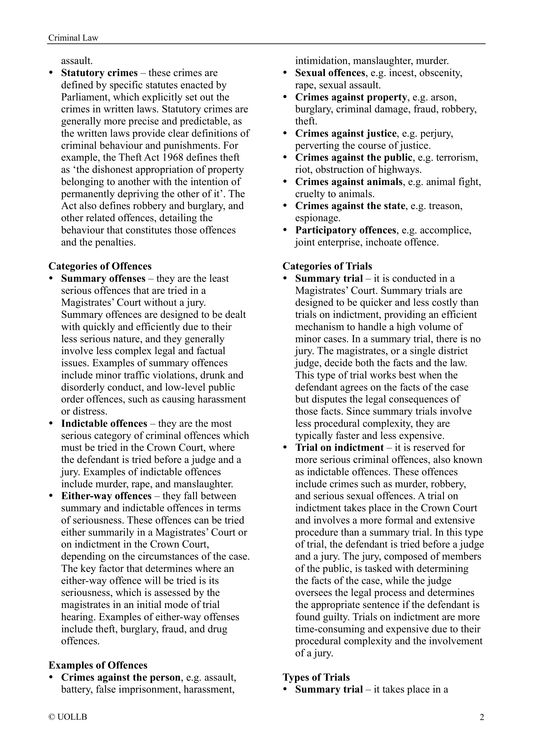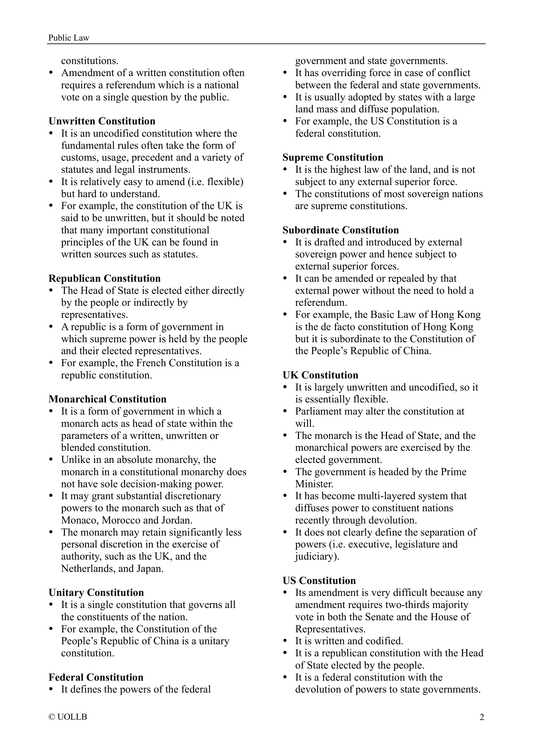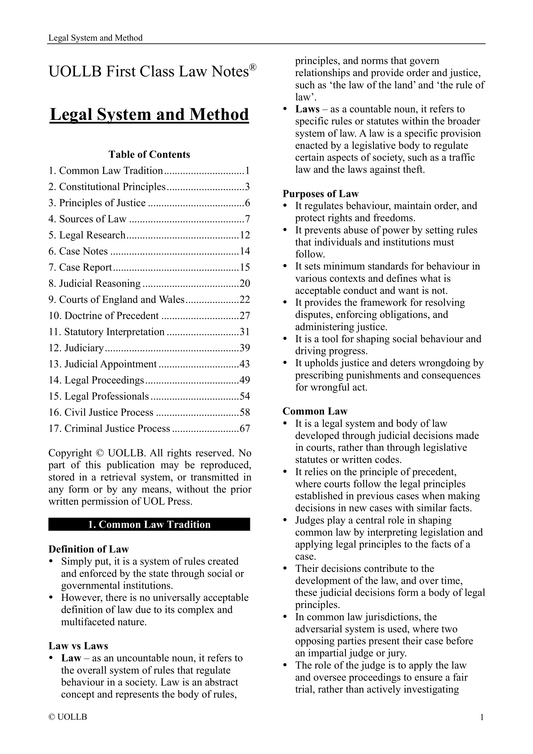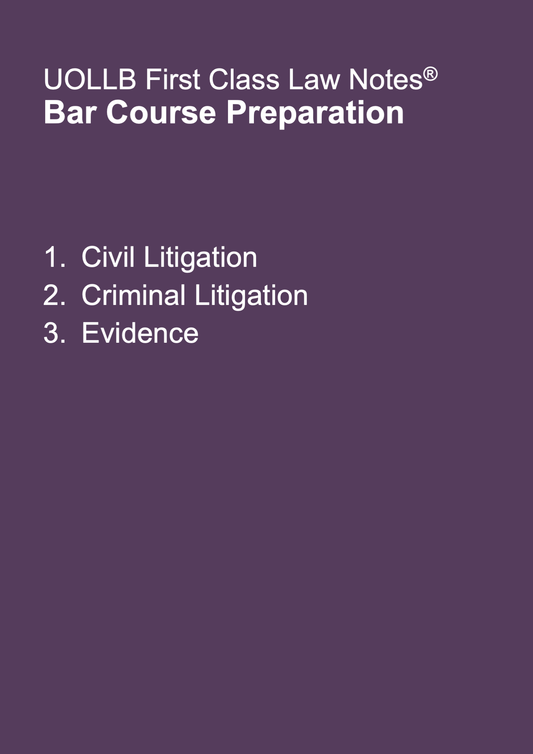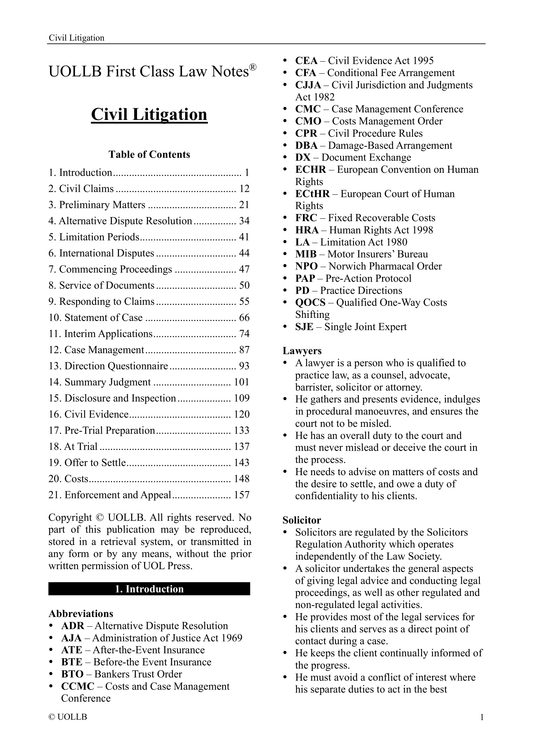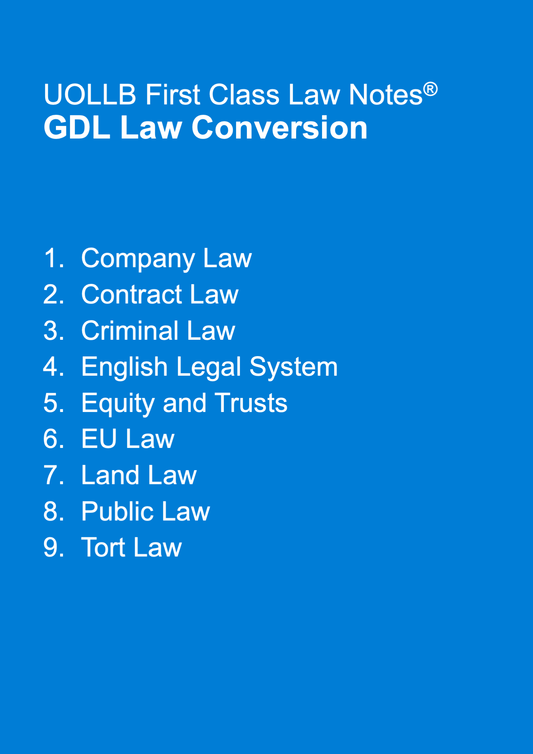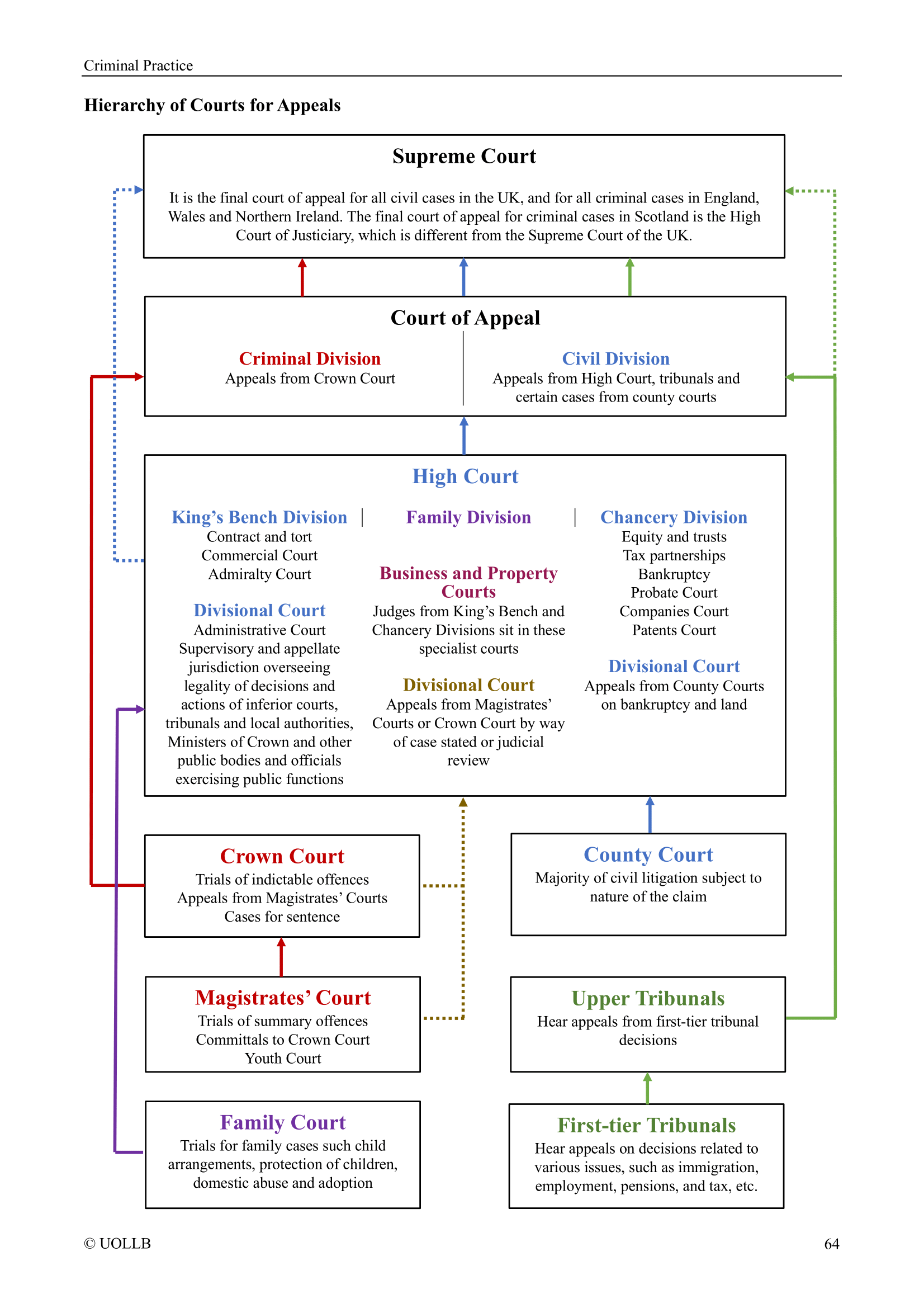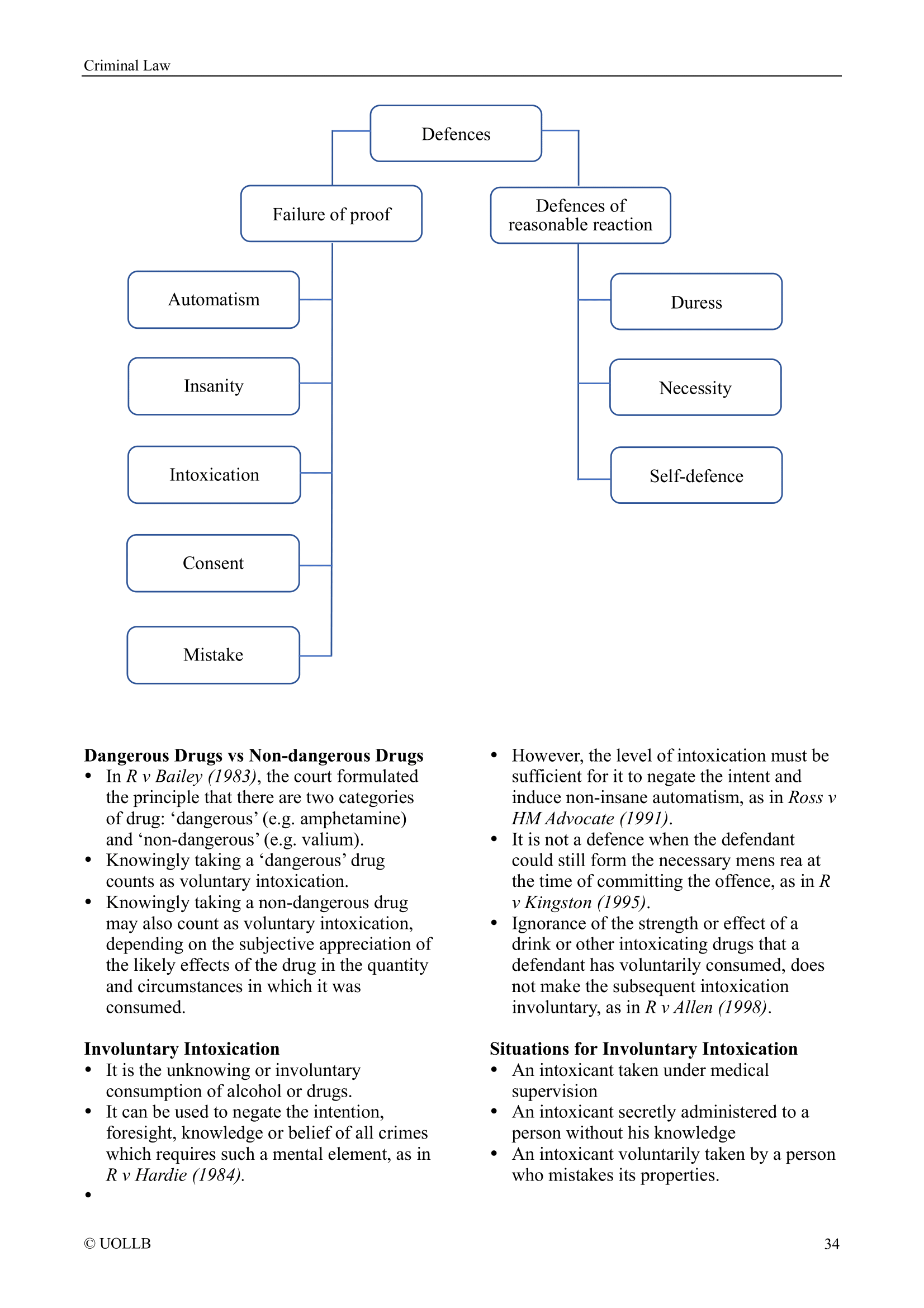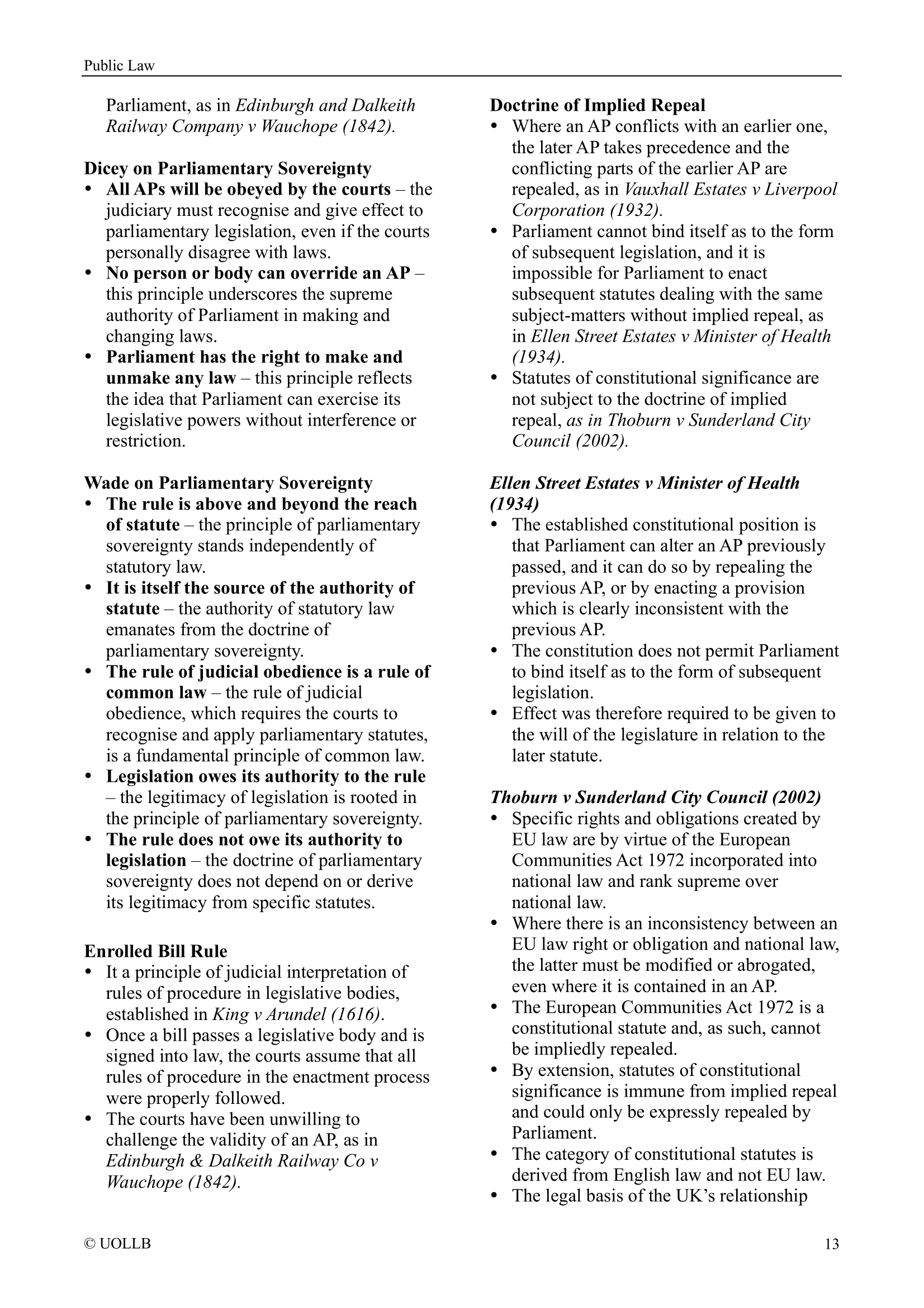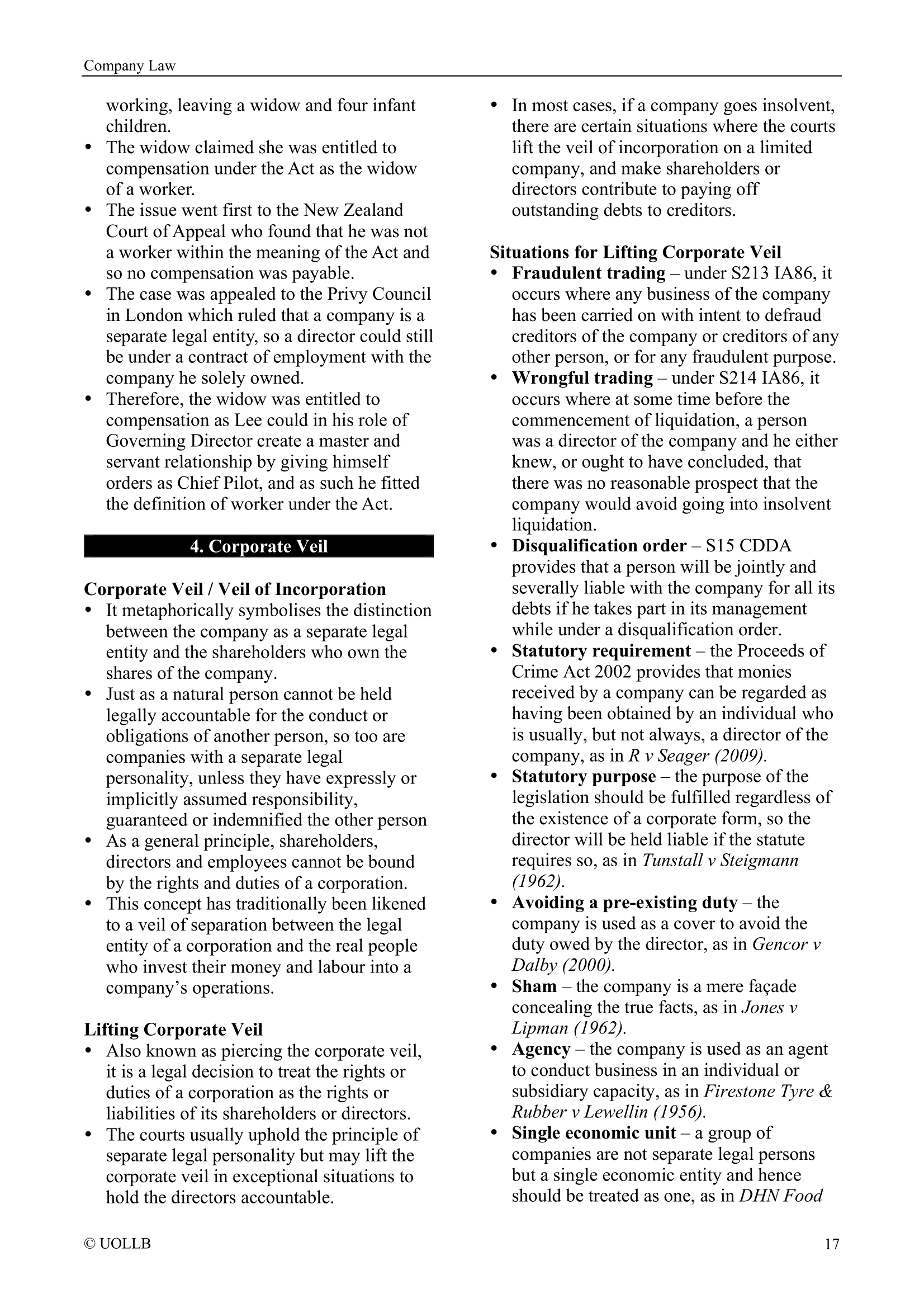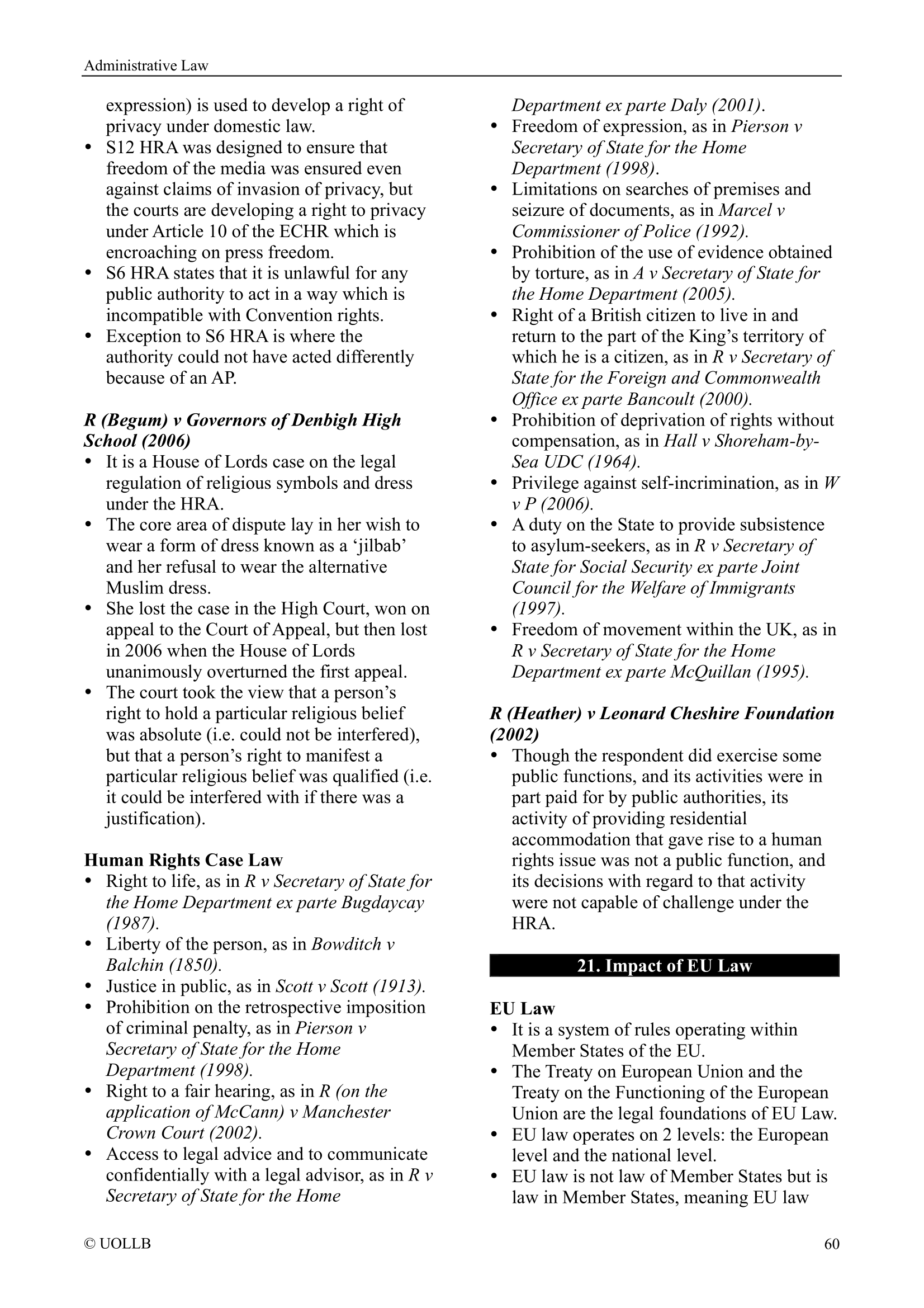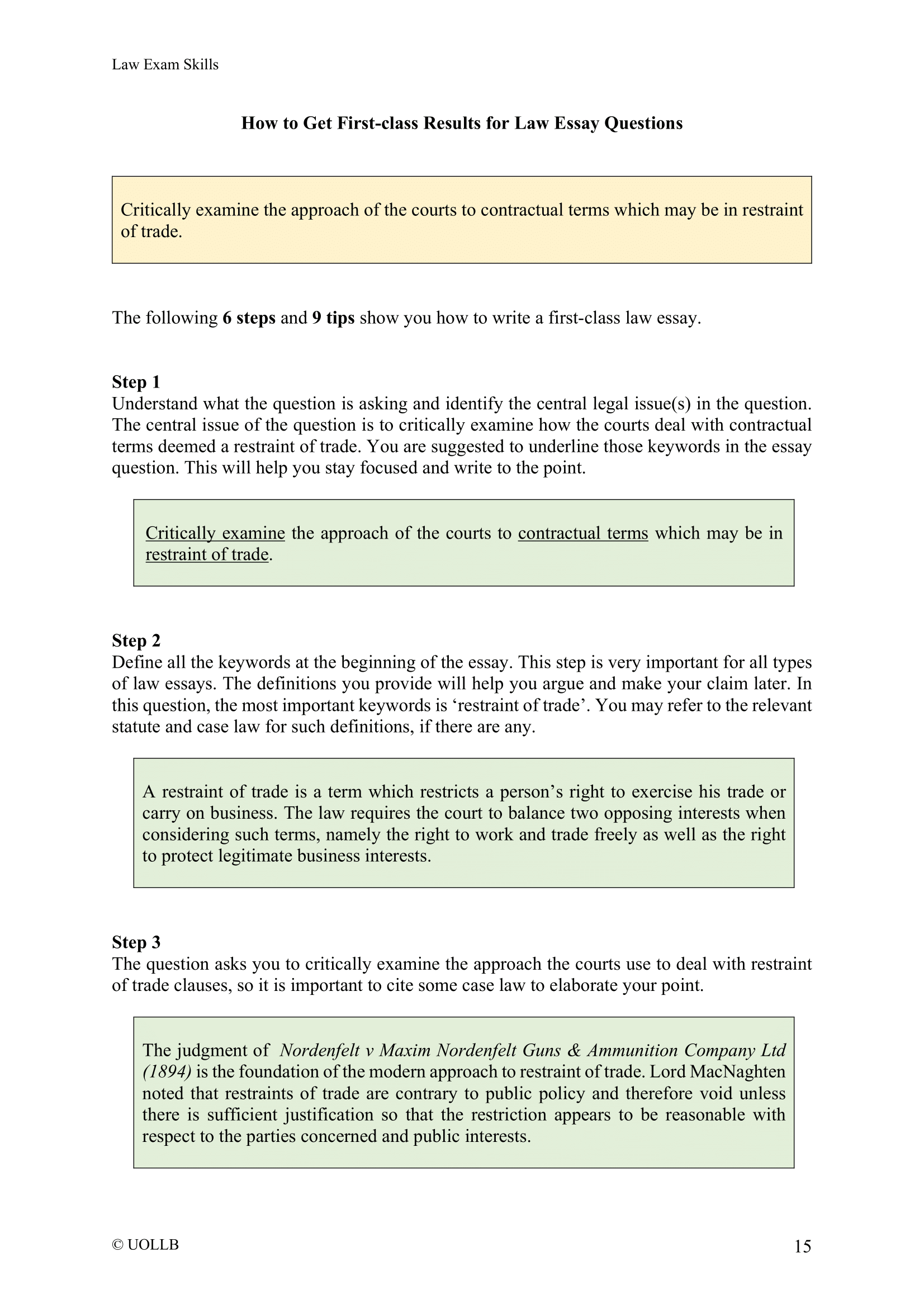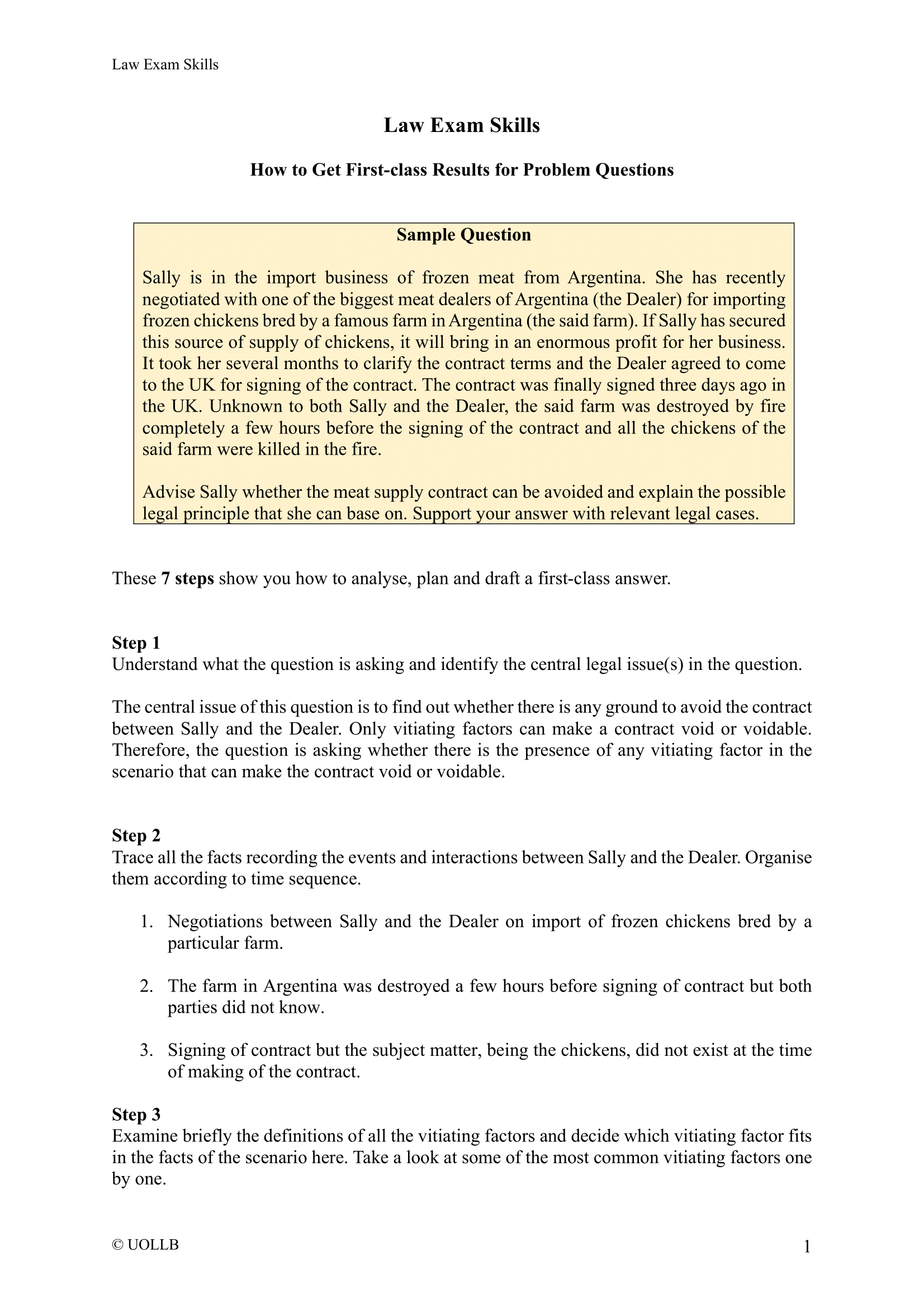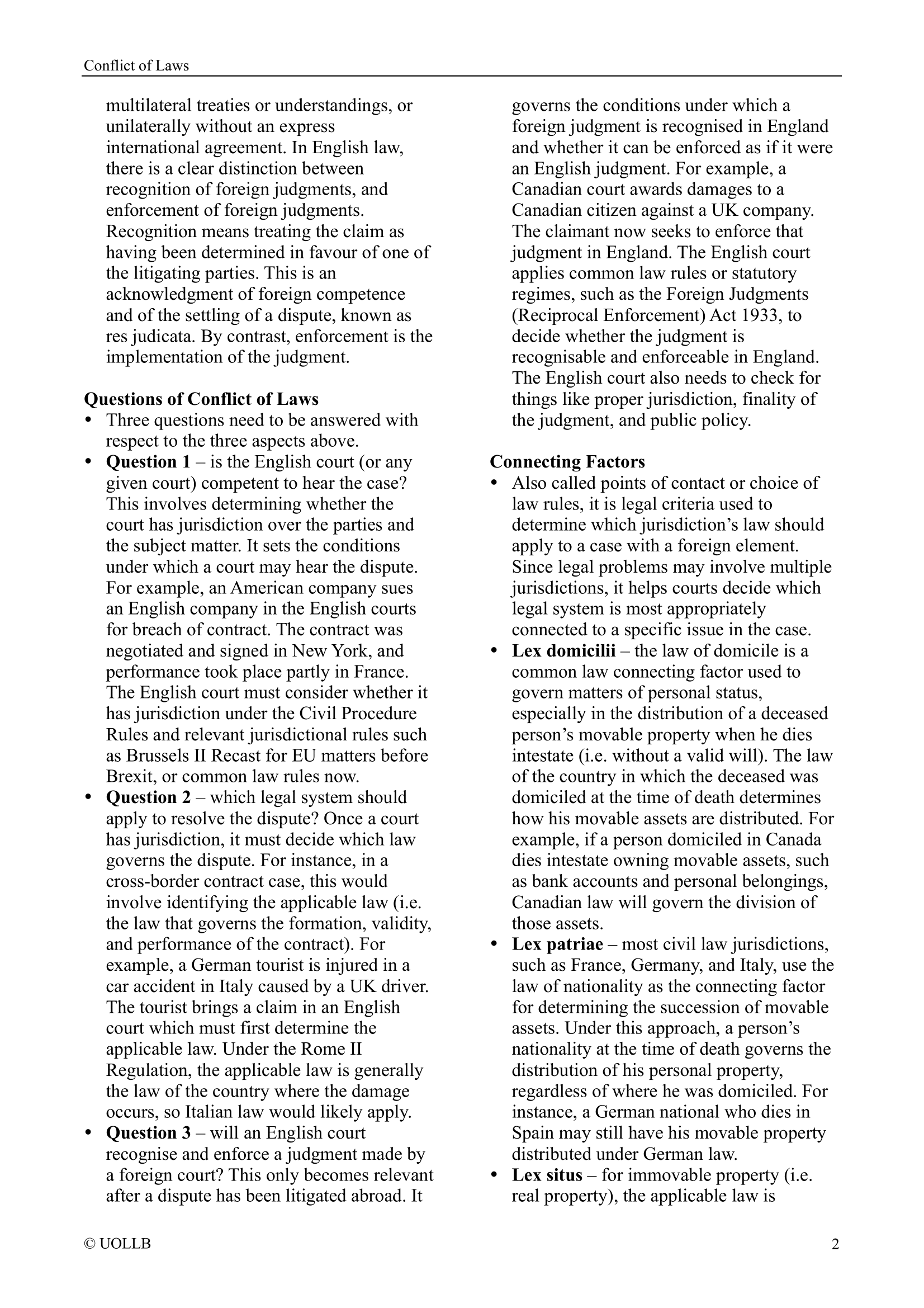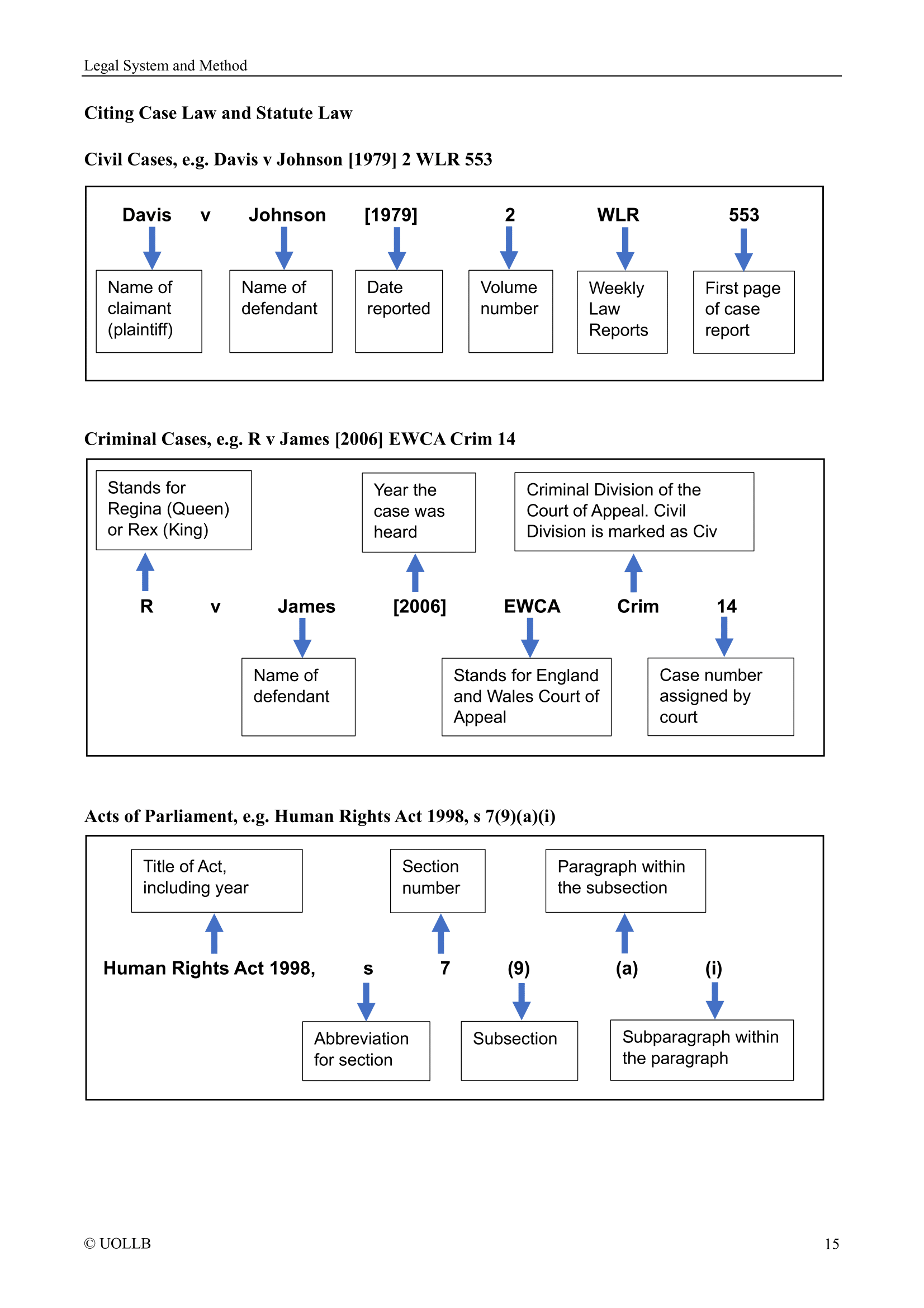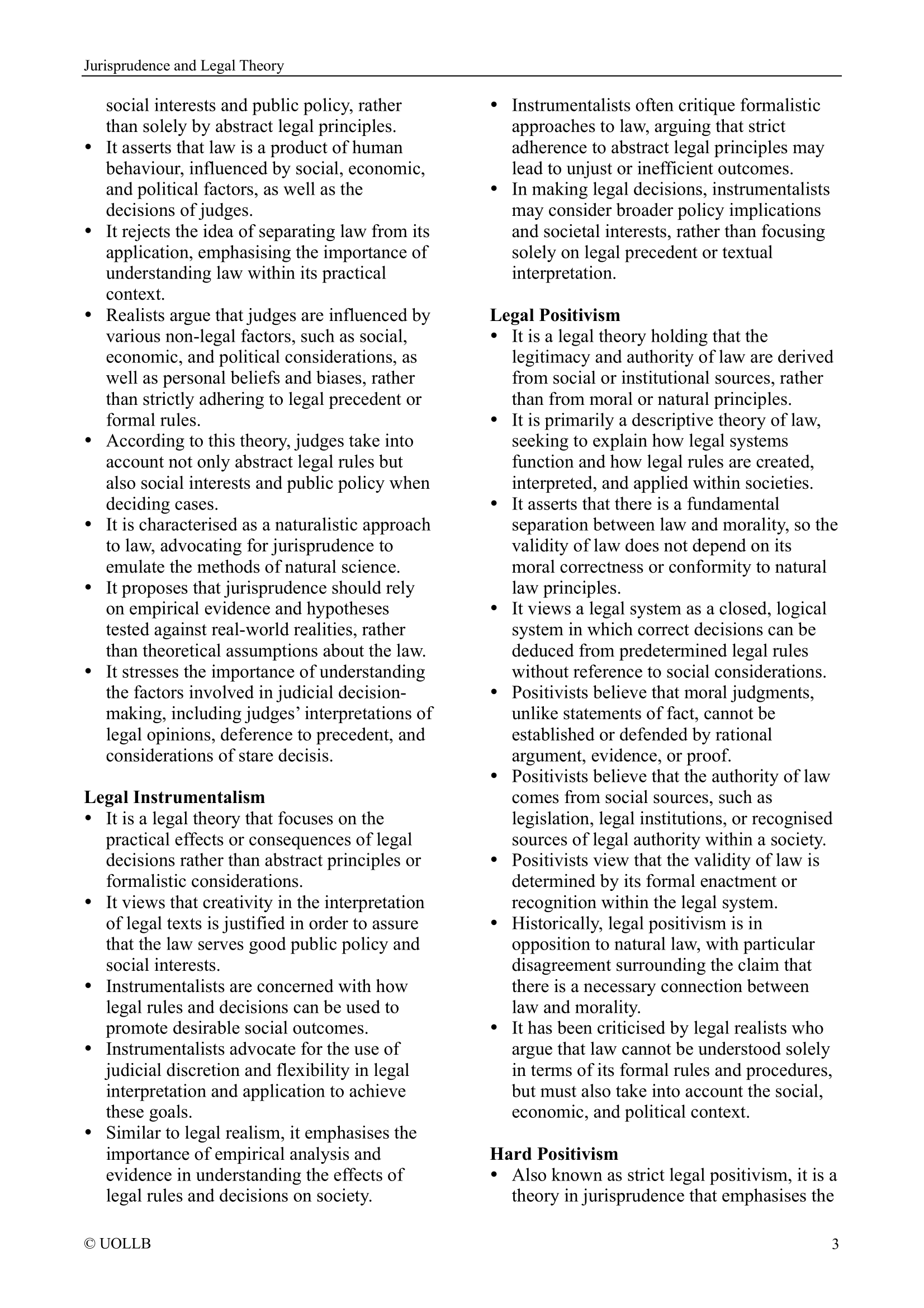Mother of Supreme Courts
Share
We coined the term "Mother of Supreme Courts" or "Mother of All Supreme Courts" to describe the Supreme Court of the United States (SCOTUS) due to its unparalleled global influence and historical precedence as the earliest established supreme court. Since its inception in 1789, SCOTUS has served as a cornerstone of constitutional governance, shaping not only American jurisprudence but also inspiring judicial systems worldwide. In this article, we explain the reasons behind this designation with reference to its historical significance, its role in establishing judicial review, and its enduring impact on global legal frameworks.
Established under Article III of the United States Constitution, ratified in 1788 and effective in 1789, the Supreme Court of the United States holds the distinction of being the world’s first modern supreme court. While other nations, such as the United Kingdom, had high courts or judicial bodies at that time, none operated as a distinct, independent institution with the explicit mandate to interpret a written constitution. The creation of SCOTUS marked a revolutionary moment in legal history, introducing a model of a supreme judicial authority tasked with ensuring the supremacy of a national constitution over ordinary legislation. This pioneering role set a precedent for other nations. Countries such as Canada, Australia, and India, when designing their own judicial systems, drew inspiration from the U.S. model, establishing supreme or constitutional courts to safeguard their constitutions. The historical primacy of SCOTUS as the earliest supreme court underscores its foundational influence, earning it the title of the "Mother of All Supreme Courts".
One of the most significant contributions of SCOTUS to global jurisprudence is the establishment of judicial review, a principle that has become a cornerstone of constitutional law worldwide. In the landmark case Marbury v Madison (1803), Chief Justice John Marshall articulated the Court’s authority to review and nullify laws or government actions that violate the Constitution. This decision cemented the judiciary’s role as a co-equal branch of government, capable of checking the powers of the legislative and executive branches. The concept of judicial review has profoundly influenced legal systems across the globe. Nations such as Germany, with its Federal Constitutional Court, and India, with its Supreme Court, adopted similar mechanisms to protect constitutional integrity. The SCOTUS’s bold assertion of this power provided a blueprint for other judiciaries to ensure that no law or action supersedes the supreme law of the land. This legacy of judicial review is a key reason why SCOTUS is regarded by us as the Mother of supreme courts, as it pioneered a framework that empowers courts to uphold constitutional governance.
The SCOTUS has shaped legal thought and practice far beyond its borders through its landmark decisions. Cases such as Brown v Board of Education (1954), which declared racial segregation in public schools unconstitutional, and Roe v Wade (1973) (later overturned), which addressed reproductive rights, have sparked global conversations about equality, individual rights, and the role of the judiciary in protecting them. These rulings have inspired courts in other nations to tackle similar issues, from South Africa’s Constitutional Court addressing apartheid-era inequalities to the European Court of Human Rights expanding protections for individual liberties. The SCOTUS’s approach to balancing individual rights with governmental authority has provided a model for other supreme courts. For instance, its decisions on free speech, such as Texas v Johnson (1989), which protected flag burning as a form of expression, have influenced debates on freedom of expression in jurisdictions such as Canada and Australia. The global resonance of SCOTUS’s jurisprudence demonstrates its role as a leader in shaping modern constitutional law.
The structure and independence of SCOTUS have also served as a template for supreme courts worldwide. Its justices, appointed for life, are insulated from political pressures, allowing the Court to make decisions based on legal principles rather than public or political sentiment. This model of judicial independence has been emulated by nations seeking to establish impartial judiciaries, such as Japan’s Supreme Court and Brazil’s Supremo Tribunal Federal. Moreover, the Court’s ability to interpret a written constitution has inspired the creation of constitutional courts in countries with diverse legal traditions. For example, the Constitutional Court of South Africa, established in 1994, mirrors SCOTUS in its role as the ultimate guardian of constitutional rights, reflecting its influence on emerging democracies.
The SCOTUS has long been a symbol of constitutional democracy, embodying the principle that no one, not even the government, is above the law. Its decisions, whether celebrated or controversial, have consistently shaped global perceptions of justice and governance. By addressing complex issues such as federalism, civil liberties, and separation of powers, SCOTUS has provided a framework for other nations to navigate similar challenges. For instance, the SCOTUS’s role in resolving disputes during pivotal moments in American history, such as Bush v Gore (2000), demonstrated its capacity to stabilise democratic processes, a function that has inspired supreme courts in countries like Kenya and Pakistan to intervene in electoral disputes. The global adoption of this model reflects SCOTUS’s role as the Mother of all supreme courts, nurturing the growth of judicial systems that uphold democratic values.
We designated the SCOTUS as the "Mother of Supreme Courts" or "Mother of All Supreme Courts" due to its historical precedence, pioneering establishment of judicial review, and profound influence on global jurisprudence. As the first modern supreme court, it set the stage for constitutional courts worldwide. Its landmark decisions and commitment to judicial independence have inspired legal systems across continents, from established democracies to emerging nations.
